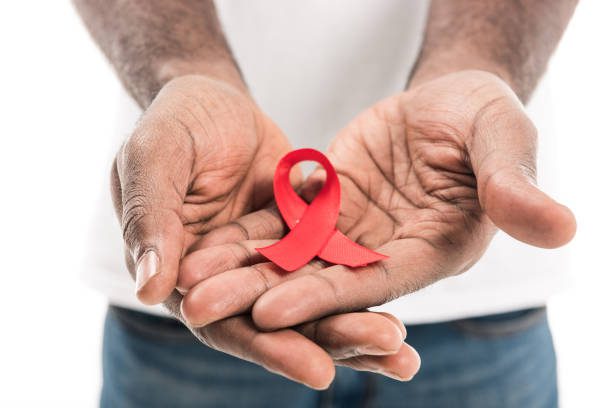
Is the Antenatal HIV Sentinel Survey Unveiling a Shift in HIV Trends?
HIV, known as the human immunodeficiency virus, targets the body’s infection-fighting cells, weakening its ability to combat illnesses. Transmission occurs through contact with specific bodily fluids, notably during unprotected intercourse or the sharing of injection drug tools. Without treatment, HIV can progress to AIDS, which is acquired immunodeficiency syndrome.
South Africa is home to 7.5 million people living with HIV. Despite the large burden, the country has made progress, reducing both new infections and deaths from HIV by 50% and 73% from 2010 levels, respectively, by 2021.1 By the end of 2021, the country had managed to ensure that 94% of all people living with HIV (PLHIV) knew their HIV status and 74% of those who knew their HIV positive status had initiated antiretroviral treatment (ART) with the majority virally suppressed.
The antenatal care HIV sentinel surveillance surveys have been conducted in the country annually since 1990 and biannually since 2015. The 2022 edition of the survey was primarily focused on determining the geographical distribution and pattern of HIV sero-prevalence among pregnant women aged 15- 49 years, attending public ANC clinics in South Africa at national, provincial and district level.
Methods
During the surveillance period (28 February – 8 April 2022), a nationally representative sample of 37,828 pregnant women from 1,589 public health facilities across 52 districts of South Africa was enrolled in the survey. Sentinel sites were selected using multistage stratified cluster sampling. From each selected sentinel site, consenting women between 15 and 49 years old attending ANC were consecutively enrolled until the sample size was achieved or until the end of the survey period.
Results
The overall HIV prevalence at the national level was 27.5% (95% confidence interval (CI): 27.0 – 28.1) and represents a 2.5% point decline from the 2019 estimate. The highest overall HIV prevalence was in KwaZulu-Natal Province (37.2%, 95% CI: 35.8 – 38.5), followed by Eastern Cape Province (32.9%, 95% CI: 31.5 – 34.2). The lowest overall HIV prevalence was in Western Cape Province at 16.3% (95% CI: 15.0 – 17.6). The overall HIV prevalence estimates were lower than the 2019 estimates in all nine provinces. By district, the highest HIV prevalence was reported in uMkhanyakude District at 44.0% (95% CI: 37.6 – 50.6). HIV prevalence was higher than the national average in 27 districts.
For a more in-depth look into this thought-provoking summary, download the full article below


